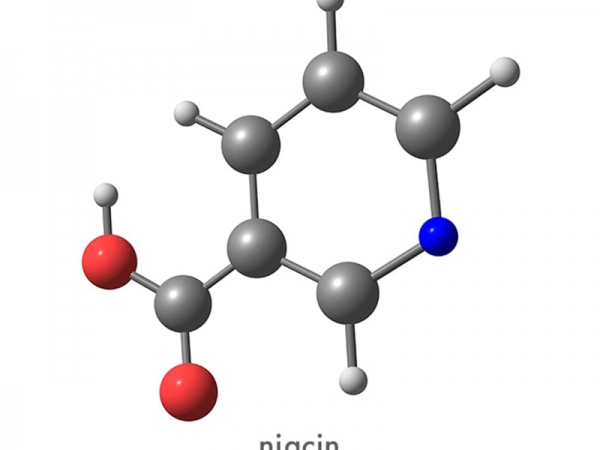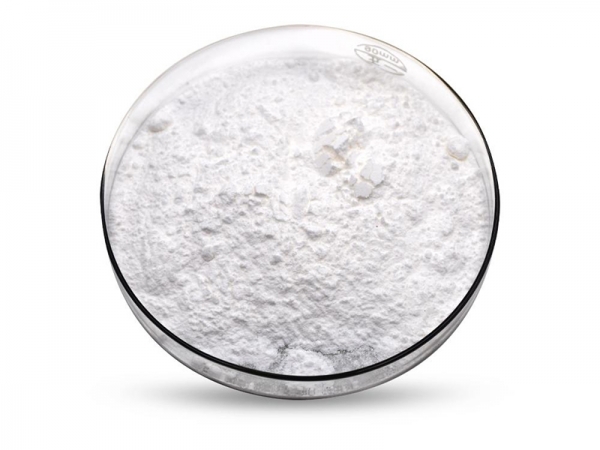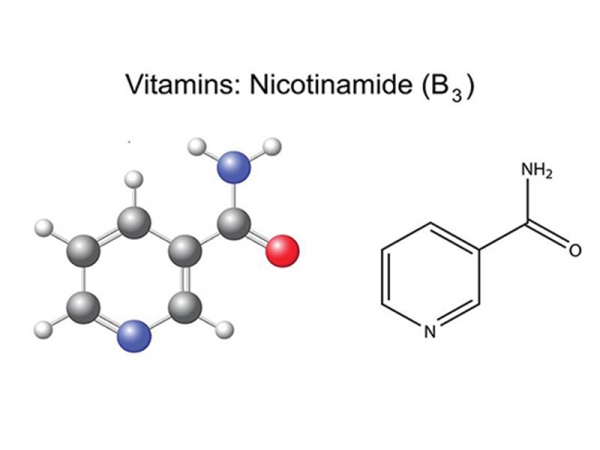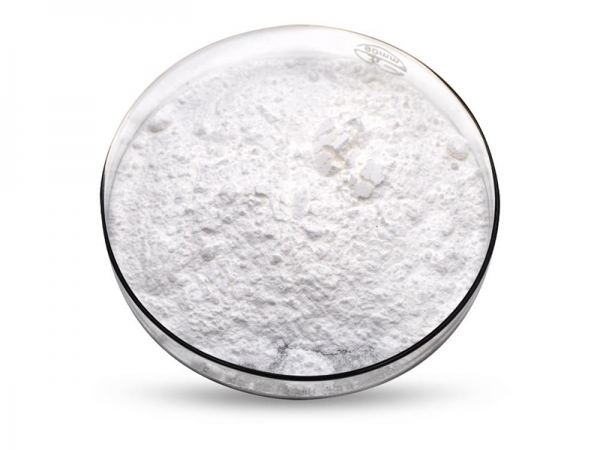-

 Ascorbic acid occurs naturally in foods such as citrus fruit, tomatoes, potatoes, and leafy vegetables. Vitamin C is important for bones and connective tissues, muscles, and blood vessels. Vitamin C also helps the body absorb iron, which is needed for red blood cell production. Ascorbic acid is used to treat and prevent vitamin C deficiency.
Ascorbic acid occurs naturally in foods such as citrus fruit, tomatoes, potatoes, and leafy vegetables. Vitamin C is important for bones and connective tissues, muscles, and blood vessels. Vitamin C also helps the body absorb iron, which is needed for red blood cell production. Ascorbic acid is used to treat and prevent vitamin C deficiency. -

 Ascorbic acid occurs naturally in foods such as citrus fruit, tomatoes, potatoes, and leafy vegetables. Vitamin C is important for bones and connective tissues, muscles, and blood vessels. Vitamin C also helps the body absorb iron, which is needed for red blood cell production. Ascorbic acid is used to treat and prevent vitamin C deficie.
Ascorbic acid occurs naturally in foods such as citrus fruit, tomatoes, potatoes, and leafy vegetables. Vitamin C is important for bones and connective tissues, muscles, and blood vessels. Vitamin C also helps the body absorb iron, which is needed for red blood cell production. Ascorbic acid is used to treat and prevent vitamin C deficie. -

 Ascorbyl palmitate is an ester formed from ascorbic acid and palmitic acid creating a fat-soluble form of vitamin C. In addition to its use as a source of vitamin C, it is also used as an antioxidant food additive. It is approved for use as a food additive in the EU, the U.S., Canada, Australia, and New Zealand.
Ascorbyl palmitate is an ester formed from ascorbic acid and palmitic acid creating a fat-soluble form of vitamin C. In addition to its use as a source of vitamin C, it is also used as an antioxidant food additive. It is approved for use as a food additive in the EU, the U.S., Canada, Australia, and New Zealand. -

 Calcium ascorbate is a compound with the molecular formula CaC₁₂H₁₄O₁₂. It is the calcium salt of ascorbic acid, one of the mineral ascorbates. It is approximately 10% calcium by mass. As a food additive, it has the E number E 302. It is approved for use as a food in the EU, USA and Australia and New Zealand.
Calcium ascorbate is a compound with the molecular formula CaC₁₂H₁₄O₁₂. It is the calcium salt of ascorbic acid, one of the mineral ascorbates. It is approximately 10% calcium by mass. As a food additive, it has the E number E 302. It is approved for use as a food in the EU, USA and Australia and New Zealand. -

 Calcium ascorbate is a compound with the molecular formula CaC₁₂H₁₄O₁₂. It is the calcium salt of ascorbic acid, one of the mineral ascorbates. It is approximately 10% calcium by mass. As a food additive, it has the E number E 302. It is approved for use as a food in the EU, USA and Australia and New Zealand.
Calcium ascorbate is a compound with the molecular formula CaC₁₂H₁₄O₁₂. It is the calcium salt of ascorbic acid, one of the mineral ascorbates. It is approximately 10% calcium by mass. As a food additive, it has the E number E 302. It is approved for use as a food in the EU, USA and Australia and New Zealand. -

 Biotin, or vitamin B7, is a water-soluble vitamin that’s a part of the vitamin B complex — a group of key nutrients needed for healthy metabolic, nerve, digestive and cardiovascular function.
Biotin, or vitamin B7, is a water-soluble vitamin that’s a part of the vitamin B complex — a group of key nutrients needed for healthy metabolic, nerve, digestive and cardiovascular function. -

 Calcium Pantothenate is the calcium salt of the water-soluble vitamin B5, ubiquitously found in plants and animal tissues with antioxidant property. Pentothenate is a component of coenzyme A (CoA) and a part of the vitamin B2 complex. Vitamin B5 is a growth factor and is essential for various metabolic functions, including the metabolism of carbohydrates, proteins, and fatty acids.
Calcium Pantothenate is the calcium salt of the water-soluble vitamin B5, ubiquitously found in plants and animal tissues with antioxidant property. Pentothenate is a component of coenzyme A (CoA) and a part of the vitamin B2 complex. Vitamin B5 is a growth factor and is essential for various metabolic functions, including the metabolism of carbohydrates, proteins, and fatty acids. -

 Folic Acid, also known as Vitamin B9, is an important water-soluble vitamin that plays a role in many aspects of health .Folic acid is the synthetic form of folate that is found in most prenatal vitamins, supplements and fortified foods. Folic acid for pregnancy is often recommended by many doctors to help ensure that folate needs are met and to protect against pregnancy-related complications.
Folic Acid, also known as Vitamin B9, is an important water-soluble vitamin that plays a role in many aspects of health .Folic acid is the synthetic form of folate that is found in most prenatal vitamins, supplements and fortified foods. Folic acid for pregnancy is often recommended by many doctors to help ensure that folate needs are met and to protect against pregnancy-related complications. -

 Levomefolate calcium is an artificial form of folate.Levomefolate calcium is the calcium salt of 5-methyltetrahydrofolic acid, a biologically active form of folic acid that functions, in conjunction with Vitamin B12 , as a methyl-group donor involved in the conversion of homocysteine to methionine. Levomefolate is included in formulations of certain oral contraceptives to ensure adequate folic acid levels in women of child-bearing age to reduce the risk of neural tube defects.
Levomefolate calcium is an artificial form of folate.Levomefolate calcium is the calcium salt of 5-methyltetrahydrofolic acid, a biologically active form of folic acid that functions, in conjunction with Vitamin B12 , as a methyl-group donor involved in the conversion of homocysteine to methionine. Levomefolate is included in formulations of certain oral contraceptives to ensure adequate folic acid levels in women of child-bearing age to reduce the risk of neural tube defects. -

 α-Tocopheryl acetate, also known as vitamin E acetate, is a synthetic form of vitamin E. It is the ester of acetic acid and α-tocopherol. The U.S. Centers for Disease Control and Prevention says that vitamin E acetate is a very strong culprit of concern in the 2019 outbreak of vaping-associated pulmonary injury, but there is not yet sufficient evidence to rule out contributions from other chemicals.
α-Tocopheryl acetate, also known as vitamin E acetate, is a synthetic form of vitamin E. It is the ester of acetic acid and α-tocopherol. The U.S. Centers for Disease Control and Prevention says that vitamin E acetate is a very strong culprit of concern in the 2019 outbreak of vaping-associated pulmonary injury, but there is not yet sufficient evidence to rule out contributions from other chemicals. -

 Niacin is an incredibly important water-soluble vitamin that plays a role in many aspects of health, from brain function to heart health and beyond. Although associated with a number of potential niacin side effects, it’s also one of the few micronutrients frequently prescribed by physicians to treat health concerns like high cholesterol, skin conditions, schizophrenia and more — through both supplementation and niacin foods.
Niacin is an incredibly important water-soluble vitamin that plays a role in many aspects of health, from brain function to heart health and beyond. Although associated with a number of potential niacin side effects, it’s also one of the few micronutrients frequently prescribed by physicians to treat health concerns like high cholesterol, skin conditions, schizophrenia and more — through both supplementation and niacin foods. -

 Niacinamide is a form of vitamin B3, which can be found in foods as well as supplements. It’s also called nicotinamide.It can naturally be obtained from foods like meat, fish, eggs, milk, beans, green vegetables and cereal grains.This form of B3 is not the same as niacin, which is the other main form of vitamin B3. A common side effect of niacin is skin flushing.
Niacinamide is a form of vitamin B3, which can be found in foods as well as supplements. It’s also called nicotinamide.It can naturally be obtained from foods like meat, fish, eggs, milk, beans, green vegetables and cereal grains.This form of B3 is not the same as niacin, which is the other main form of vitamin B3. A common side effect of niacin is skin flushing.
Select your country


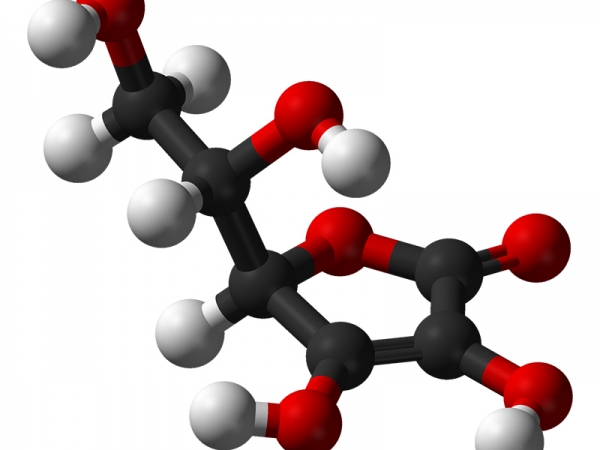
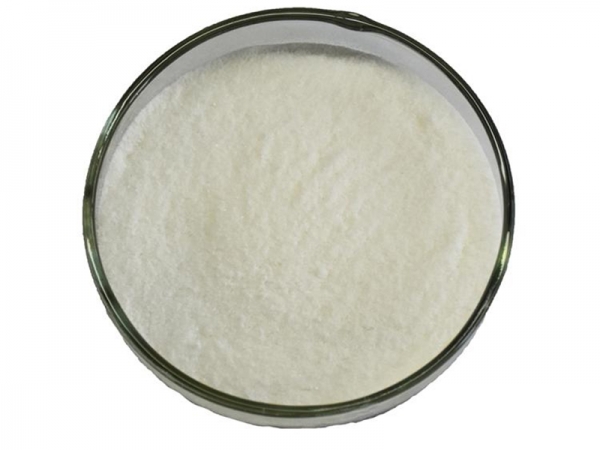
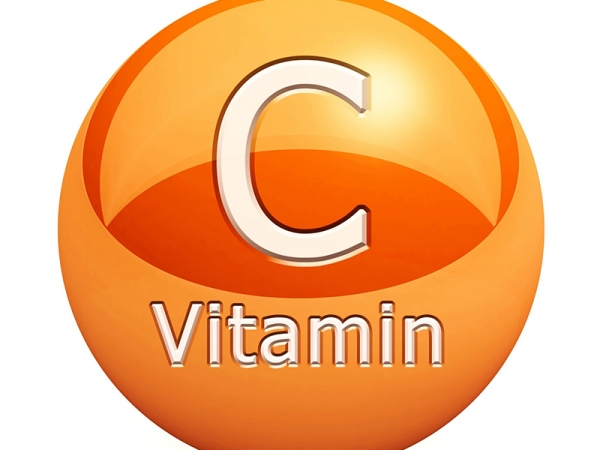
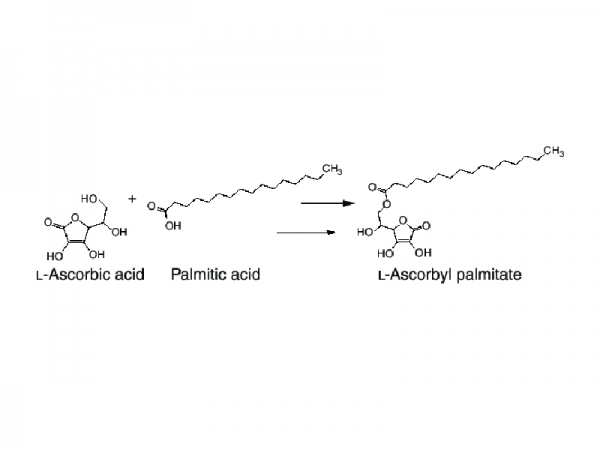


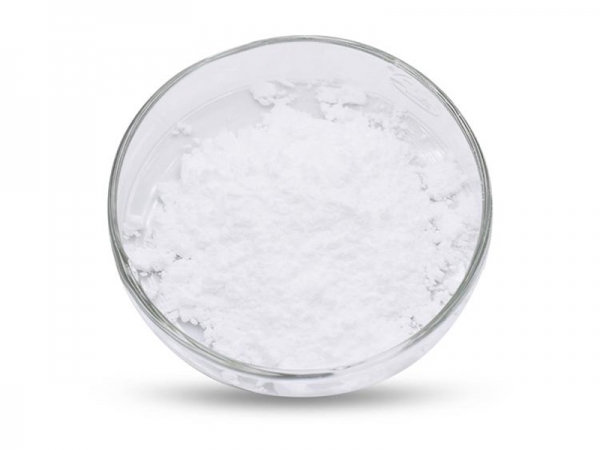
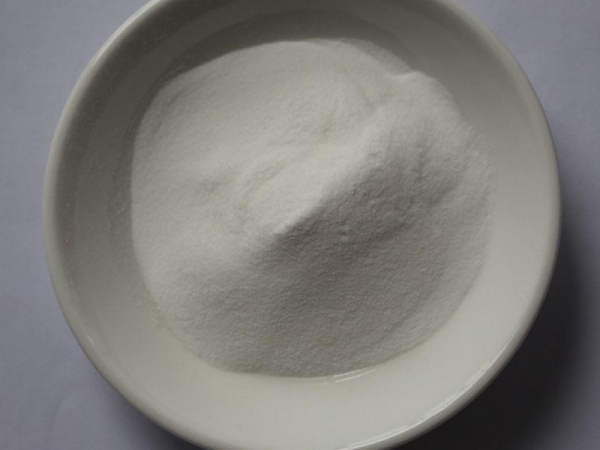
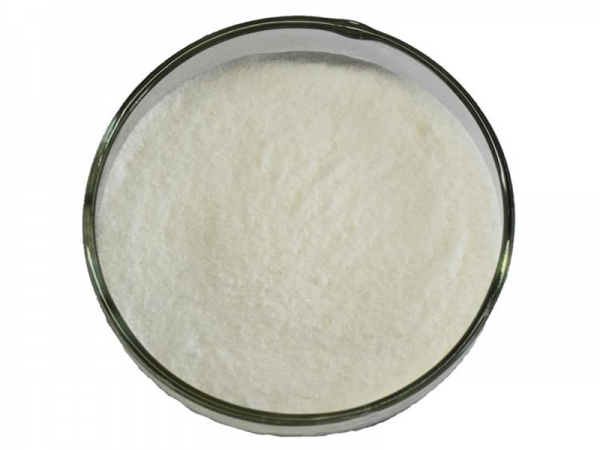
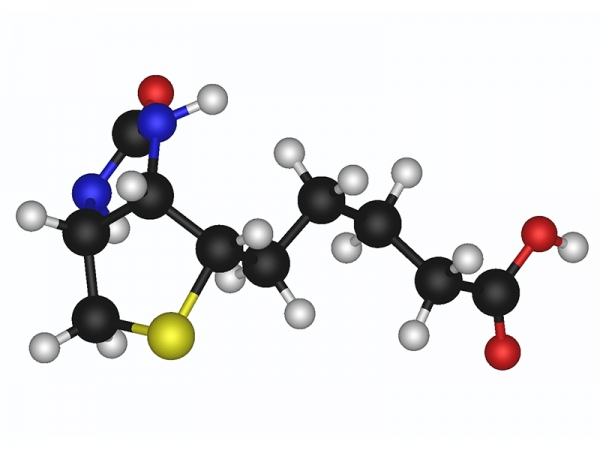
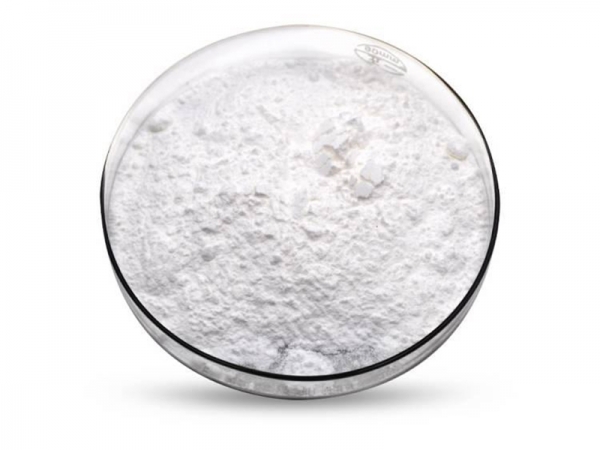
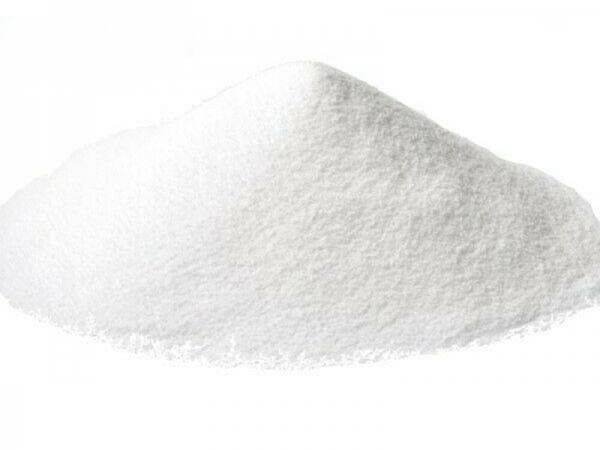
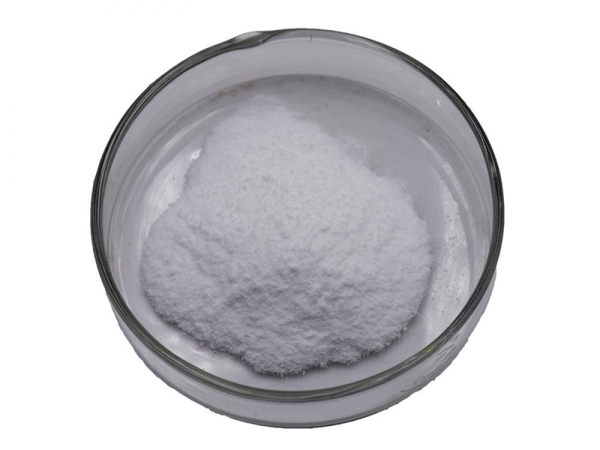
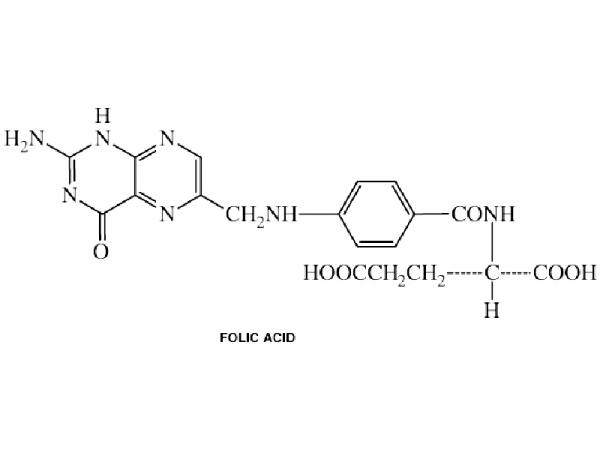
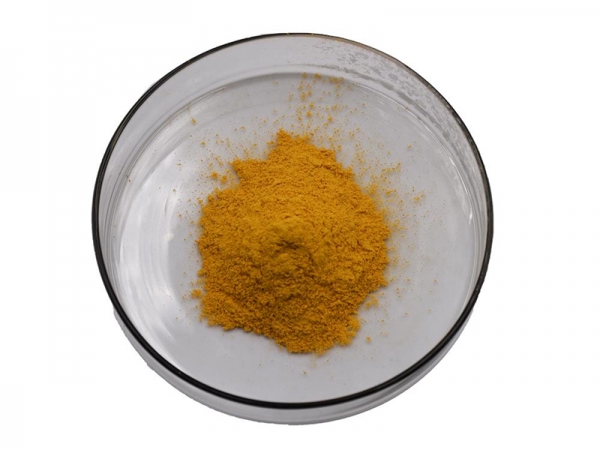
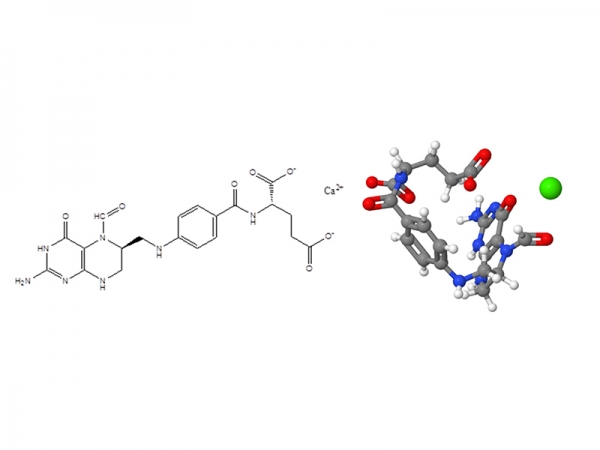
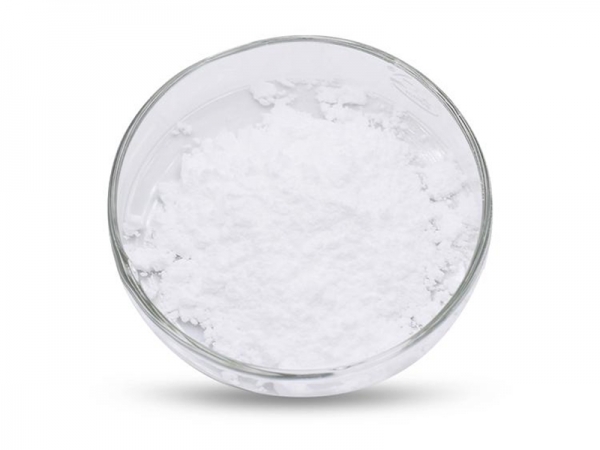
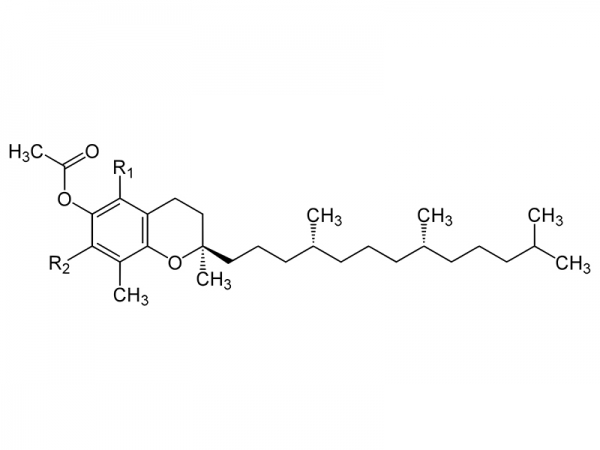
700IUG-1-600x450.jpg)
